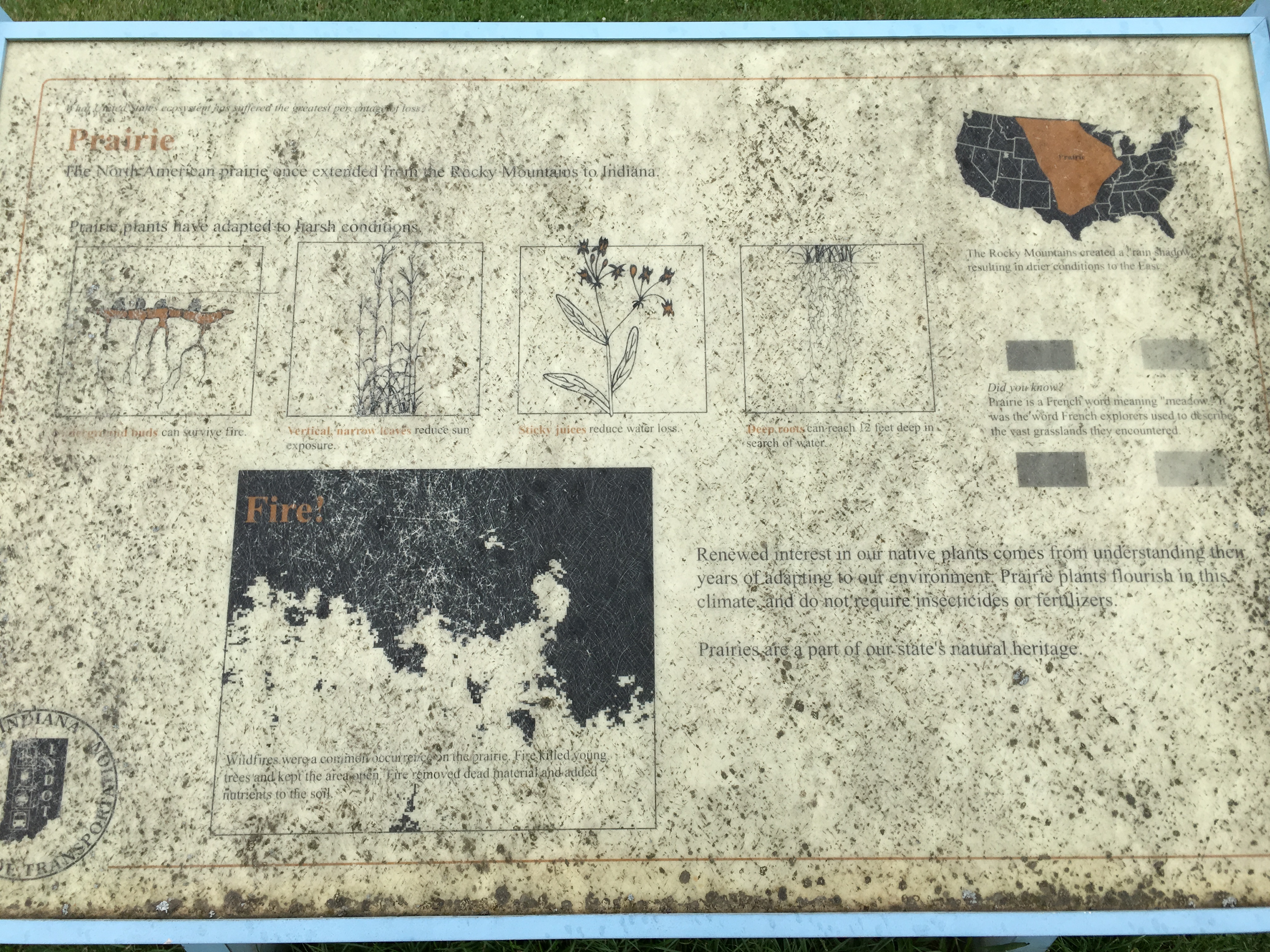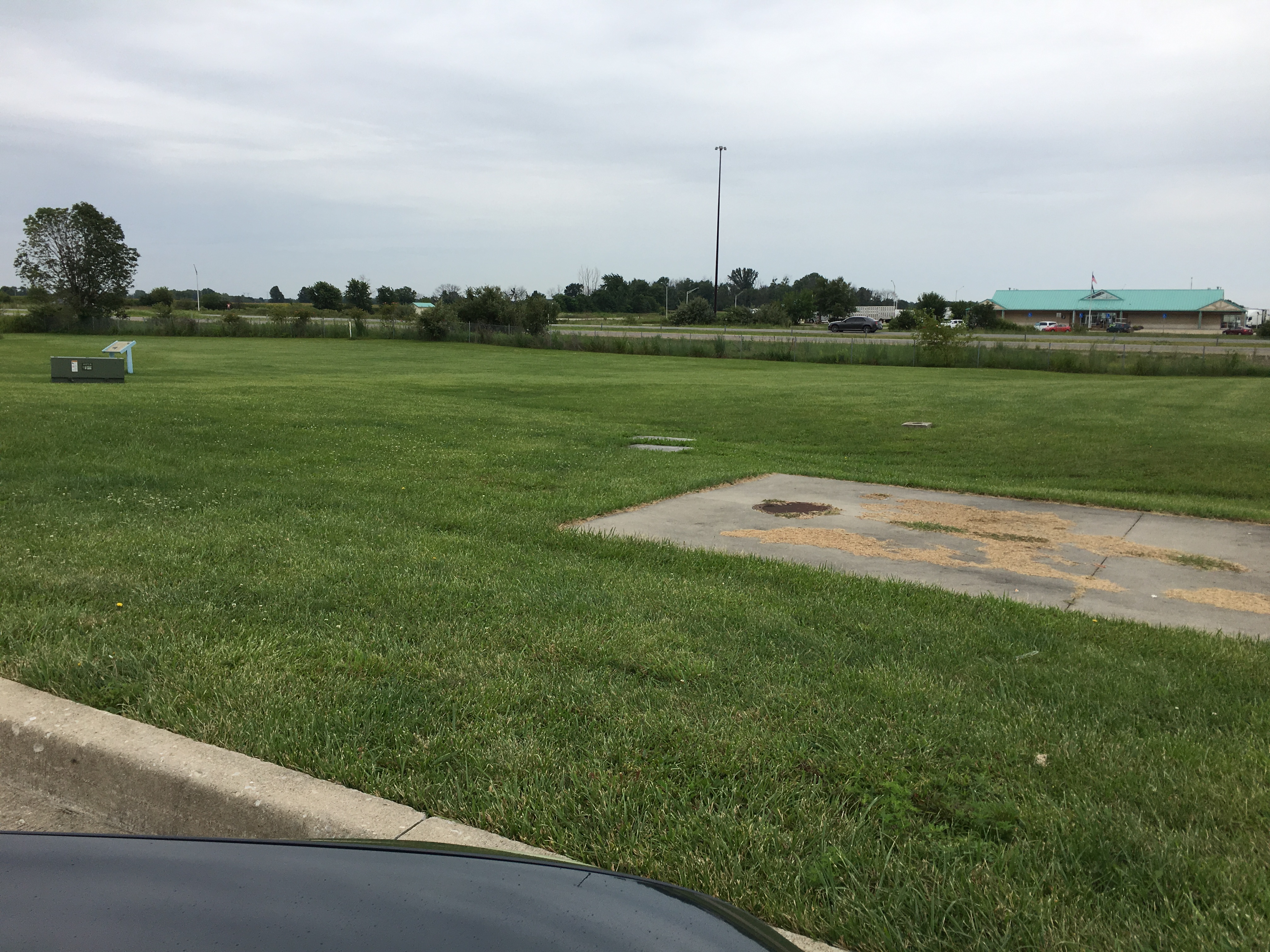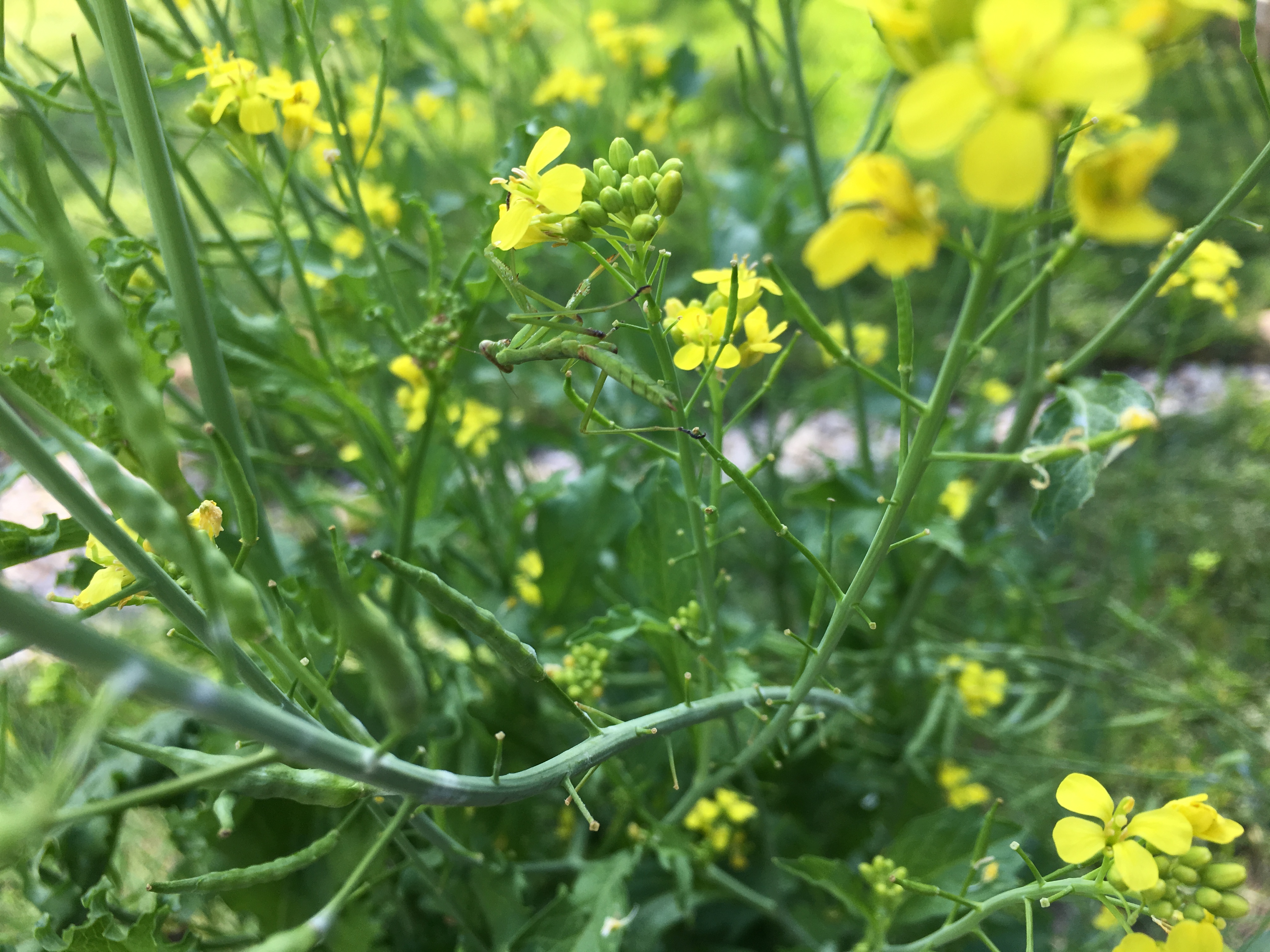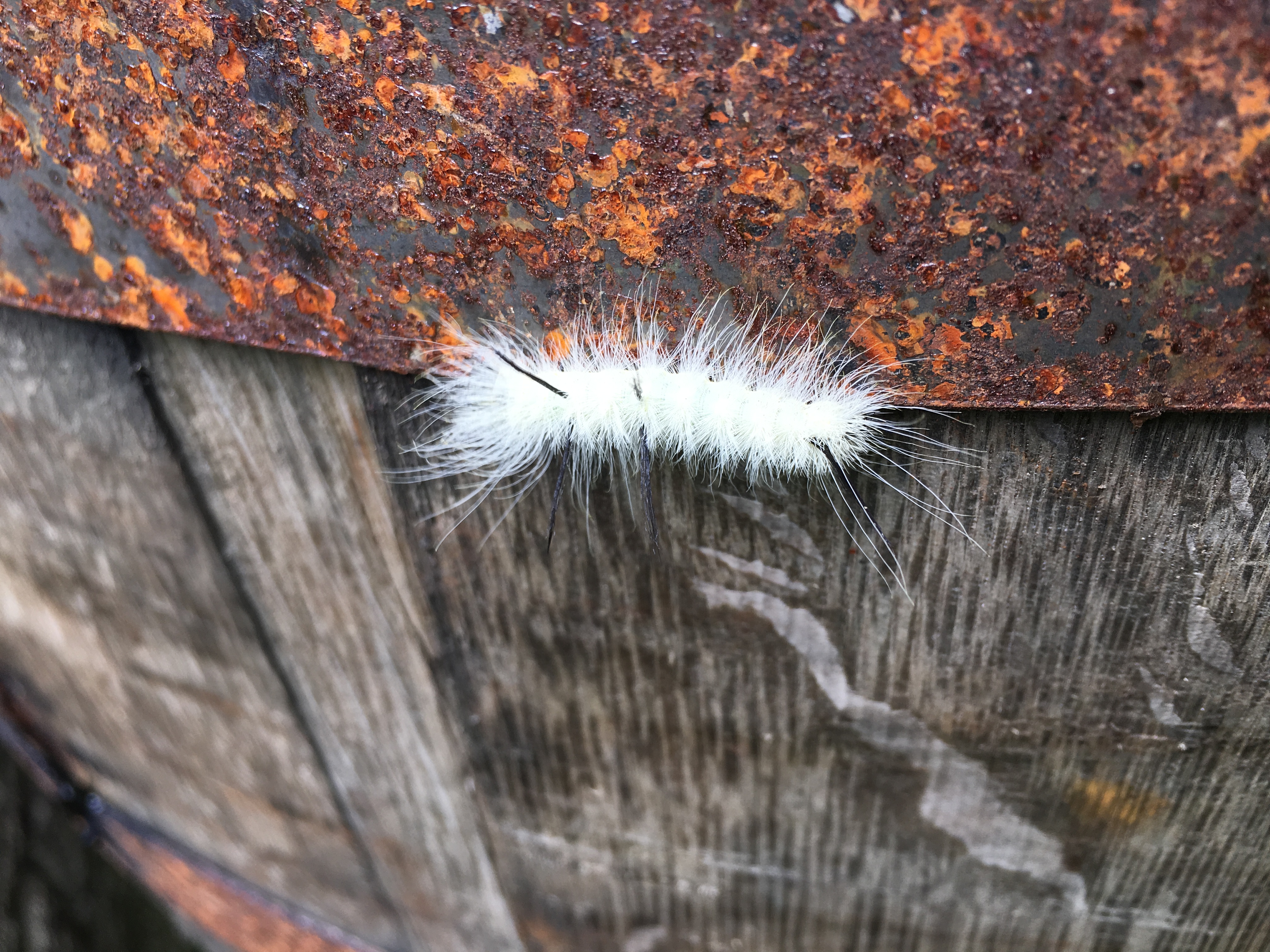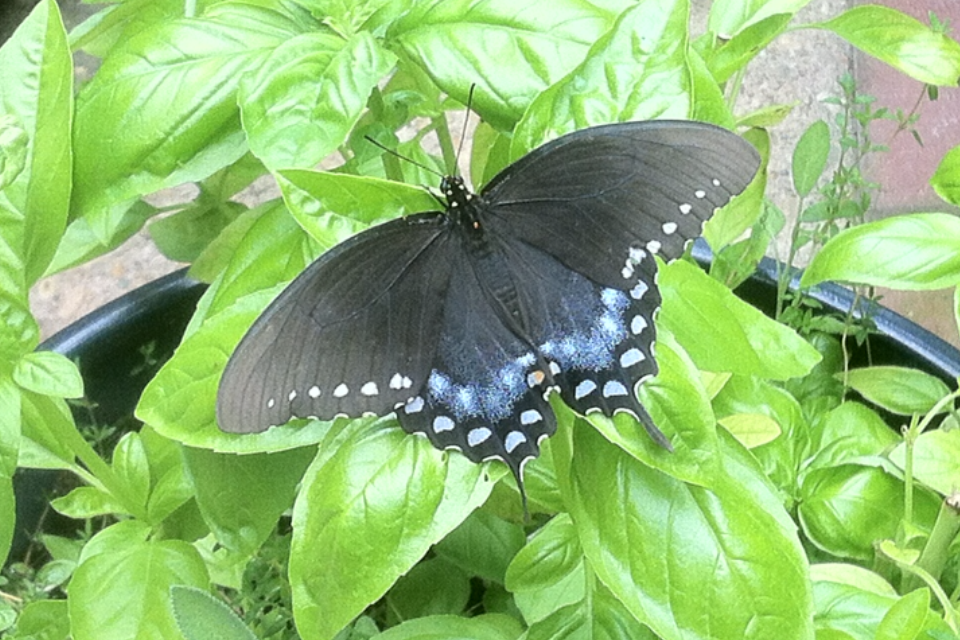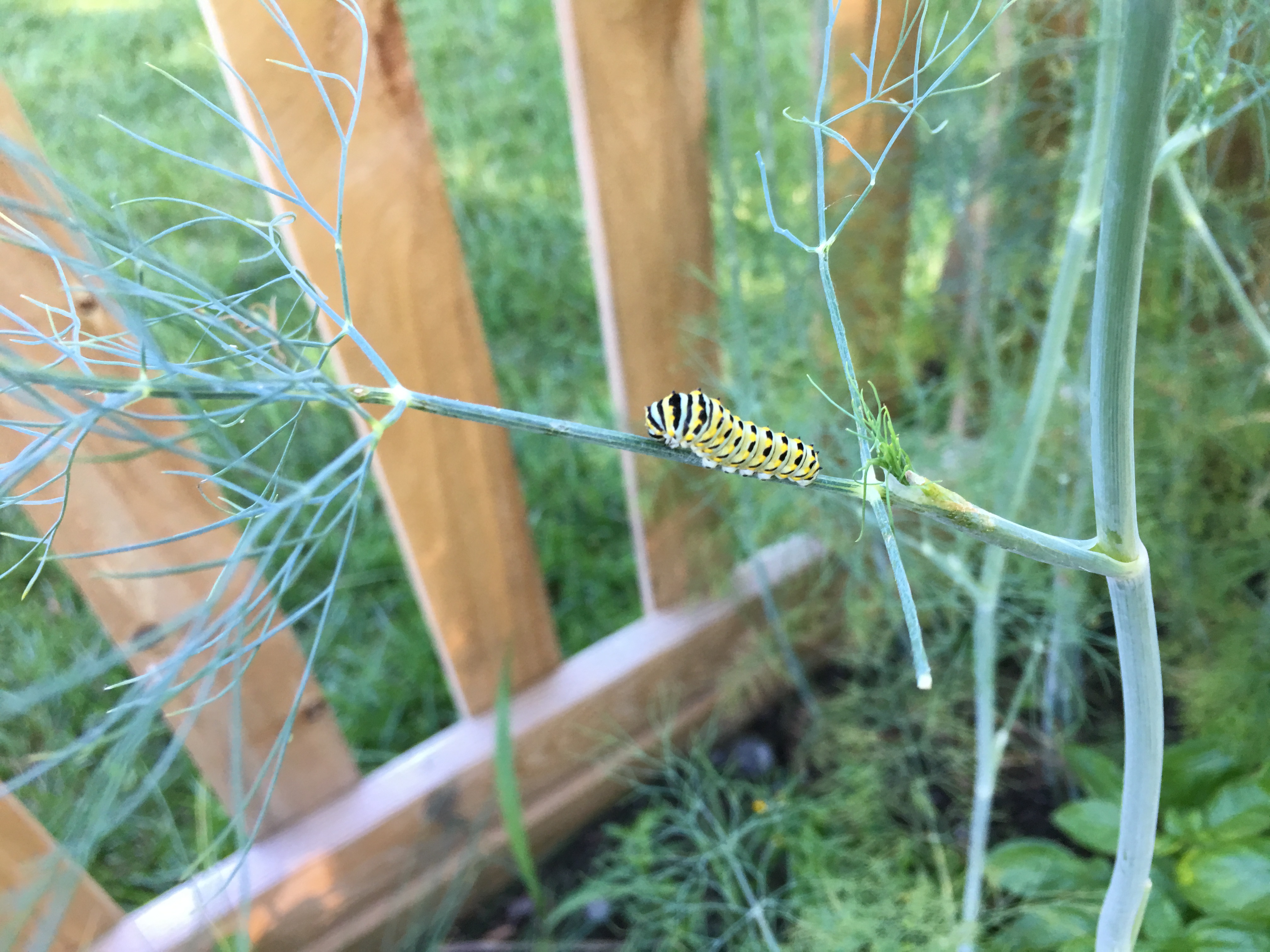During the last trip to Wisconsin, I commented on the large amount of baby American toads, apparently having recently hatched. Due to the inevitable consequences of the food chain, there were far fewer this time, but the ones we did find were older and bigger. The kid was equally amused with hunting them this time as she was last time.
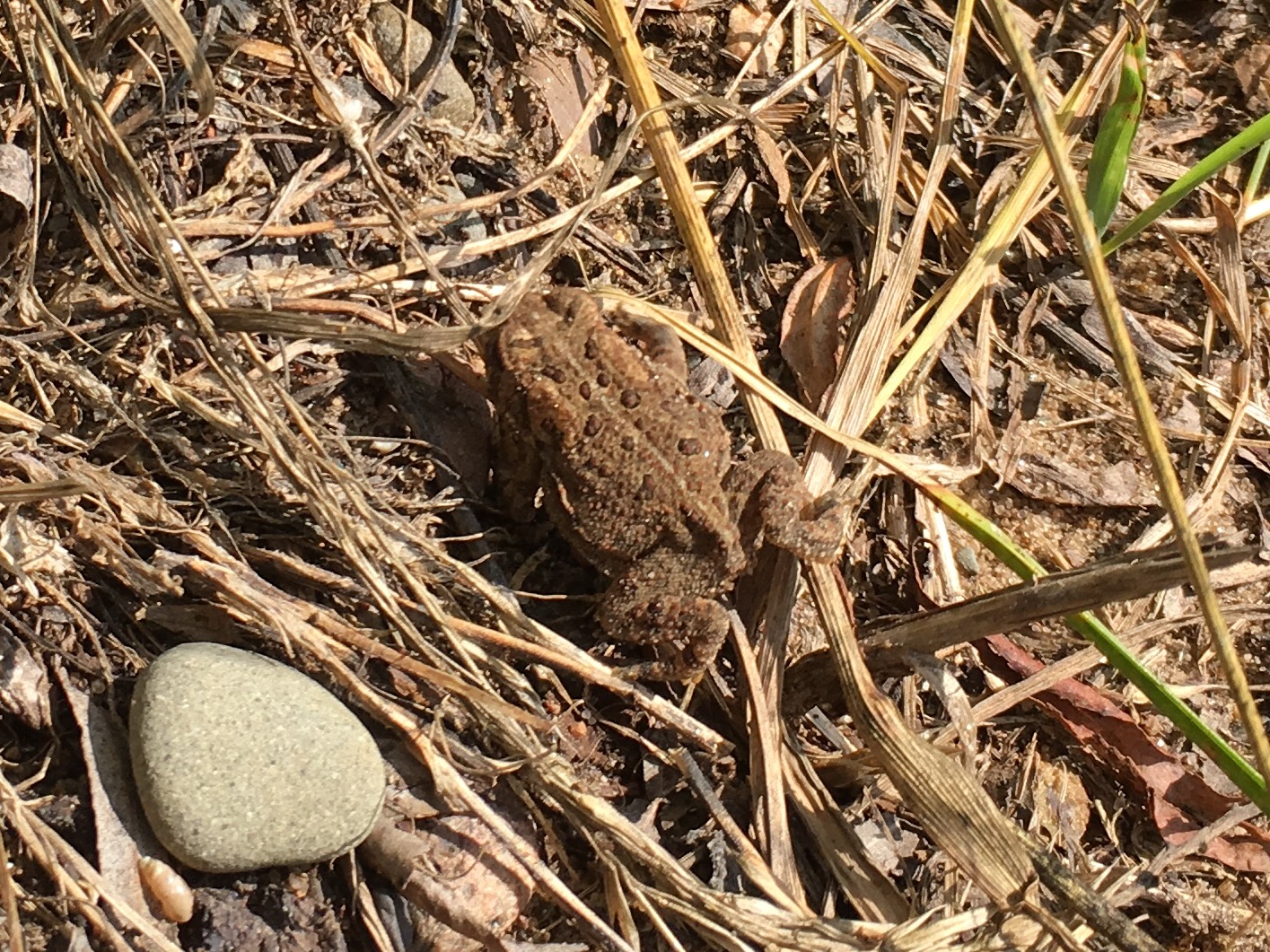
During our evening amphibian stalk, I caught a glimpse of some creature hopping away in panic–far quicker than the toads had. Excited at the prospect of introducing my daughter to another species, I charged into the tree line, disregarding the fact that my footwear was ill-suited for such. Nevertheless, I captured my quarry.
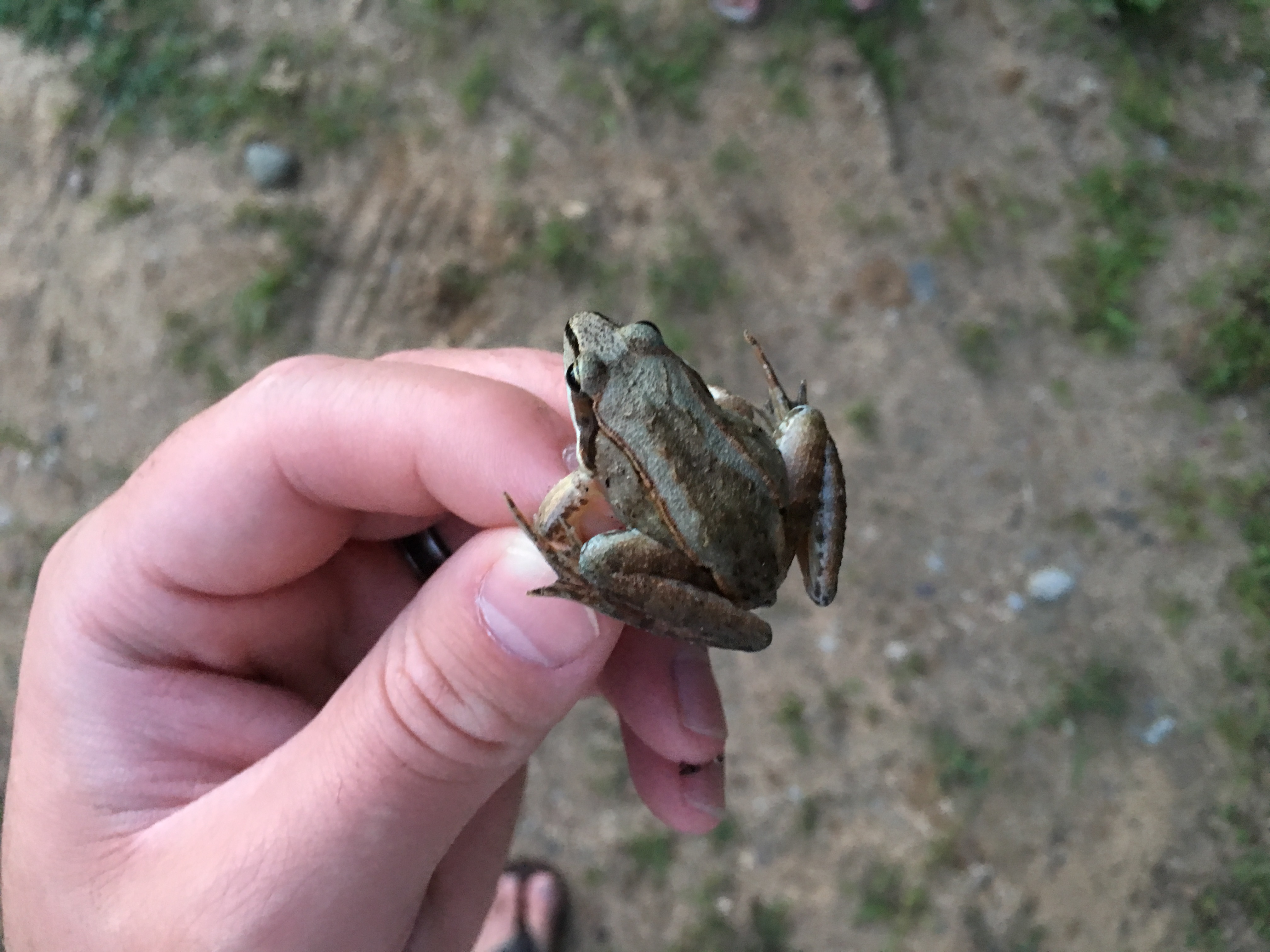
Initially, I misidentified it as a tree frog, but some research revealed it to be a wood frog, and apparently a very common species. But common or not, I like frogs. I suggested we go show it to grandma, but upon doing so were immediately forced to egress the cottage. Apparently, moms just don’t appreciate wildlife indoors.
–Simon

